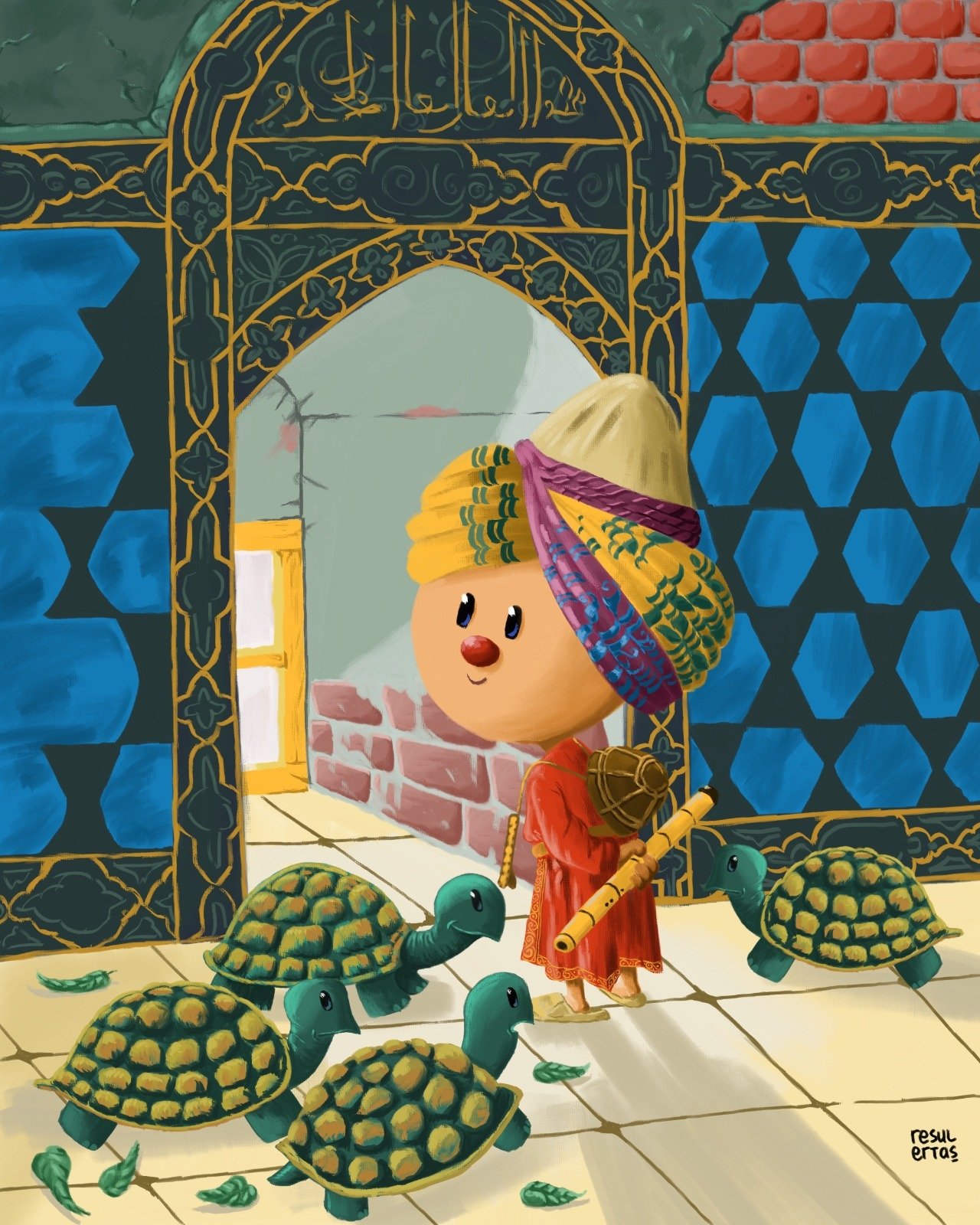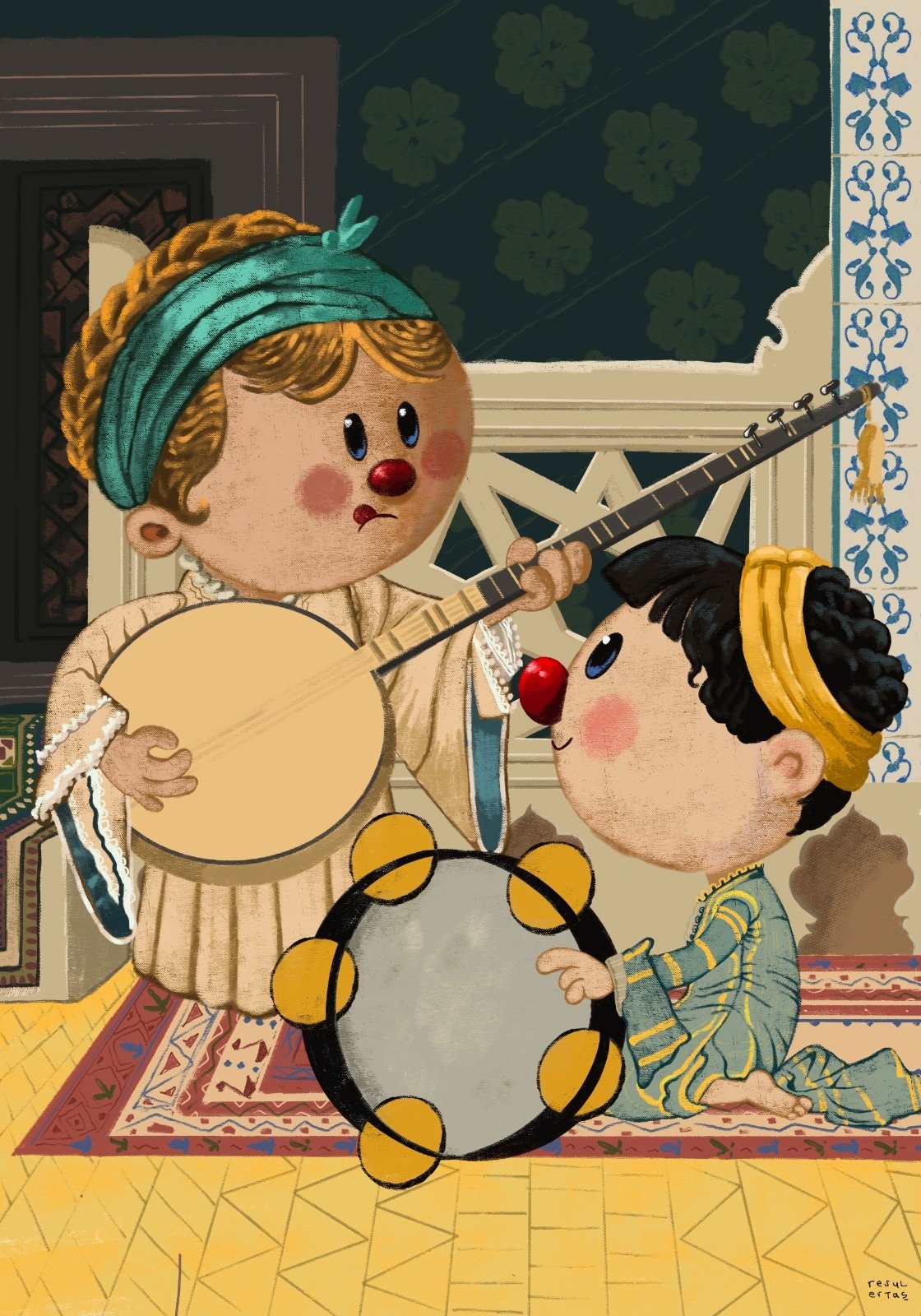© Turkuvaz Haberleşme ve Yayıncılık 2024
The creative output of artists has been affected by the global COVID-19 pandemic since the first novel coronavirus case was detected in December 2019.
Actually, plagues have been a common theme throughout history for artists, unable to remain indifferent in the wake of such pain and suffering caused by tragic disease outbreaks that have killed millions and turned lives upside down over the centuries. Depicting these plagues in their artwork, they have left behind "documents" of their era for future generations.

The world has now been grappling with another pandemic since December 2019. The coronavirus has claimed over 3.3 million lives in 192 countries and regions, according to figures compiled by U.S.-based Johns Hopkins University. More than 158.9 million cases have been reported worldwide, with recoveries now at around 95 million.
Let’s explore more about the effect of the COVID-19 outbreak in arts from artists directly.
"At the beginning (of the pandemic), I had to close my workshop and I turned my home's living room into a workshop, as well as an online school for my daughter. At first, it (the pandemic) caused fear, worry and anxiety," said artist Ece Günaçar, who mostly paints while also working with textiles and other disciplines.
Believing that it is in the hands of artists to produce, regardless of the conditions, "I rolled up my sleeves," Günaçar said. "If I can't do painting on canvas, I can do it on paper. If I worry about the smell of paint at home, I said I would use acrylic paint, and I have made a lot of new series."
Günaçar, better known professionally as Ece Gauer, said that her works were appreciated by those who wanted to support artists and art and she took part in a support platform for art, adding: "I was both producing and contributing to those who produce."
Speaking on how the virus has affected artists in terms of creativity and innovation, she said: "Then I started printing my own works on masks. I said if we couldn’t open an exhibition, we would exhibit our works on people's faces." The artist had wearable art projects in Munich and Istanbul before. However, this was actually a first in disposable hygiene masks as art masks."
She also underlined the need for institutions and organizations that support artists. She noted that she has produced a lot of work during this period. "I discovered my own limits. I got stronger. The days are full, time is limited. As it turns out, the clock is ticking in traffic and conversations with friends ... Now it's time to produce more."
"There have been very positive developments in the last year. As artists, we have become more visible on online art platforms in Turkey and abroad."
Günaçar believes that the period will have positive effects on artists who have a solid mood, are at peace with themselves, productive, open to improvement, and think that every condition is a new door of awareness.
Scenarist Resul Ertaş said the pandemic did not affect his life too much. "Before COVID started, I was at home and working all day due to my job. And now I am at home and working all day."
Ertaş, who draws cartoons and illustrations as a hobby, said he had redrawn famous paintings in art history by adapting them to children and shared them on social media.

"COVID immediately reflected on my work. I redrew famous figures in paintings including the 'Mona Lisa,' Van Gogh, Frida, 'Girl with a Pearl Earring,' with masks and wanted to draw attention to the mask issue once again."
These works were known and followed by a fairly small audience, but since the outbreak started, they have reached a wider audience, he added.
"I think that like everything else, COVID will pass. People who look at the pictures I have drawn will wonder why these figures are masked, and those who are very careful will be aware of the COVID pandemic as a result of research."
"Maybe I'm a diehard optimist, but I don't even want to think of that second choice where, years later, people who look at my paintings also wear masks."
